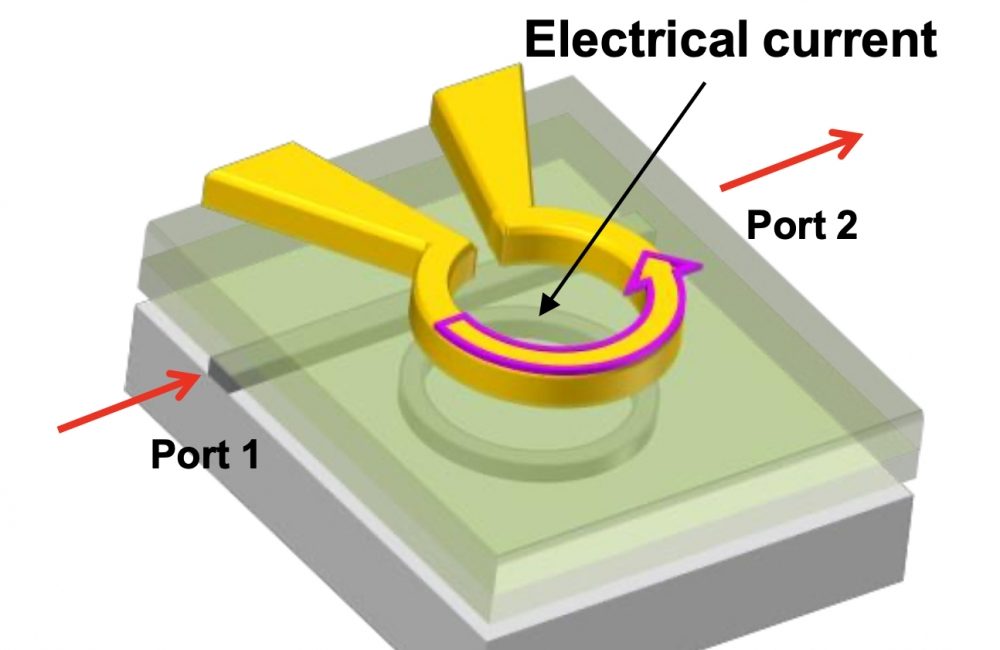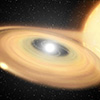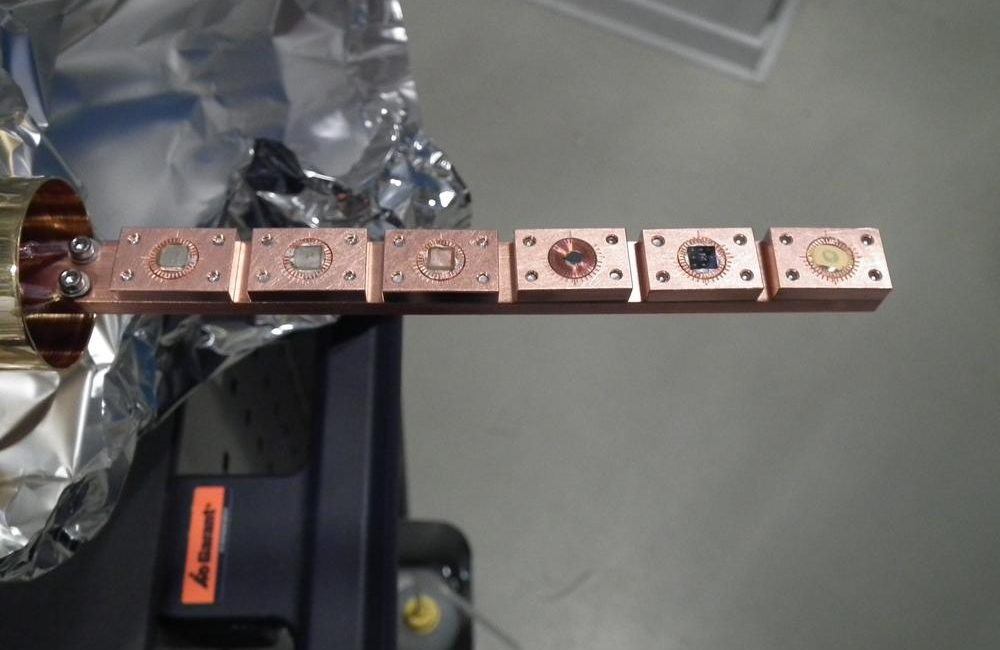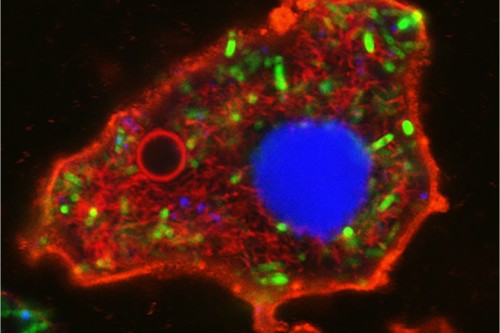Sep 17, 2022 (Nanowerk News) Deep convolutional neural networks (DCNNs) don’t see objects the way humans do – using configural shape perception – and that could be dangerous in real-world artificial intelligence (AI) applications, says Professor James Elder, co-author of a York University study. Published in the journal iScience ("Deep...
The magneto-optic modulator
Sep 16, 2022 (Nanowerk News) Many state-of-the-art technologies work at incredibly low temperatures. Superconducting microprocessors and quantum computers promise to revolutionize computation, but scientists need to keep them just above absolute zero (-459.67 F) to protect their delicate states. Still, ultra-cold components have to interface with room temperature systems, providing...
Record-breaking radiation detection pins down element formation in stellar novae
Sep 16, 2022 (Nanowerk News) Energy released by nuclear reactions drives exploding stars such as novae. To simulate novae accurately on computers, researchers need accurate inputs for the rates of nuclear reaction. The unknown rates of some nuclear reactions dramatically influence nova simulations. Nuclear physicists have now determined an important...
zero-carbon fuel for the future?
Sep 16, 2022 (Nanowerk News) Gaining sustainable energy from wind, solar and water is commonly known and applied. However, renewable sources depend on environmental conditions: in peak times of wind and sun, excess energy is produced that is needed in times of less wind and sunshine. But how to store...
Size matters in functional materials
Sep 15, 2022 (Nanowerk News) A collaboration lead by DESY scientists has found a surprising behaviour of the quantum material vanadium dioxide (VO2) at the high-brilliance X-ray source PETRA III. Vanadium dioxide switches from an insulator into a conductive metal at a very common temperature of approximately 70 °C and...
A.I. excels at creating new proteins
Sep 15, 2022 (Nanowerk News) Over the past two years, machine learning has revolutionized protein structure prediction. Now, three papers in Science describe a similar revolution in protein design. In the new papers, biologists at the University of Washington School of Medicine show that machine learning can be used to...
Saturn’s rings and tilt could be the product of an ancient, missing moon
Sep 15, 2022 (Nanowerk News) Swirling around the planet’s equator, the rings of Saturn are a dead giveaway that the planet is spinning at a tilt. The belted giant rotates at a 26.7-degree angle relative to the plane in which it orbits the sun. Astronomers have long suspected that this...
Researchers still fail to print thin-film transistors with metal oxides onto heat-sensitive materials
Sep 15, 2022 (Nanowerk News) The bar was undoubtedly set high: In the research project Functional Oxides Printed on Polymers and Paper – FOXIP for short – the goal was to succeed in printing thin-film transistors on paper substrates or PET films. Electronic circuits with such elements play an important...
Pioneering research using bacteria brings scientists a step closer to creating artificial cells with lifelike functionality
Sep 15, 2022 (Nanowerk News) Scientists have harnessed the potential of bacteria to help build advanced synthetic cells which mimic real life functionality. The research, led by the University of Bristol and published in Nature ("Living material assembly of bacteriogenic protocells"), makes important progress in deploying synthetic cells, known as...
Biomimetic dual-color domes programmable for encryption
Sep 15, 2022 (Nanowerk News) Many organisms in nature have evolved spots with two structural colors on their bodies, like the Papilio Palinurus butterfly. The green color on its wings derives from the turquoise-yellow dual color spots (Figure). Imitation of such dual-color spots is believed to inspire designs of functional...










